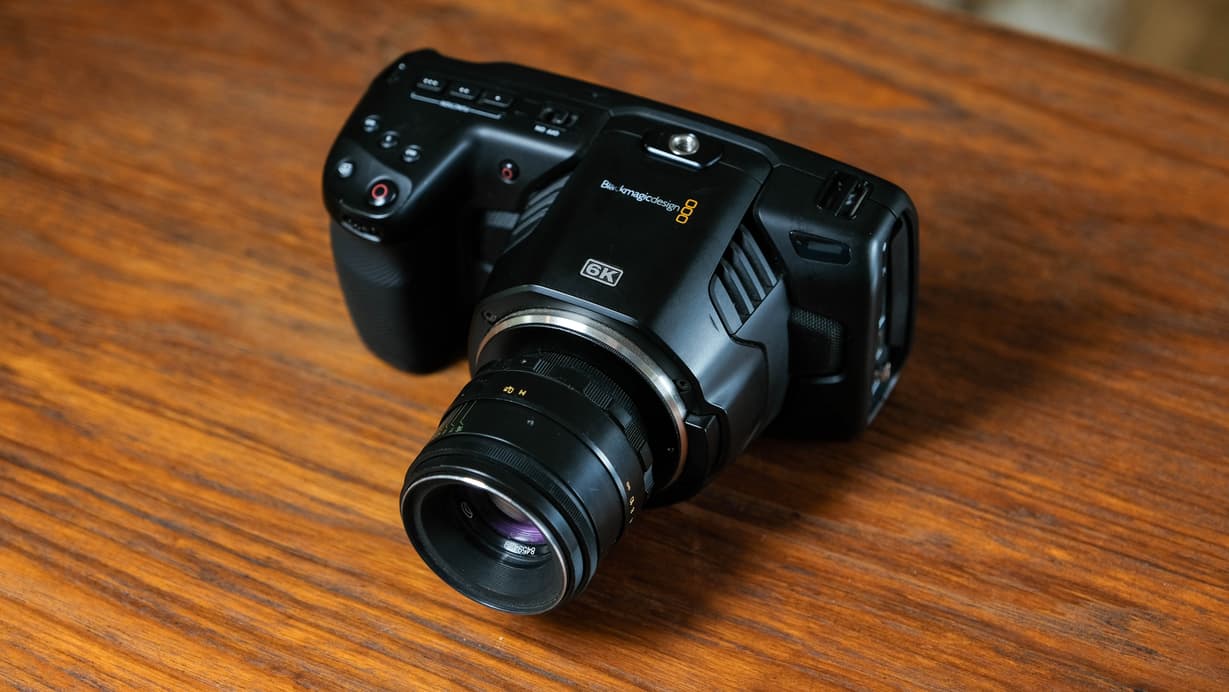How to Choose the Best Lens Focal Length for Filmmaking
Make your footage stand out by using a lens that fits the scene.

Filmmaking requires signature styles developed from various techniques and equipment, including camera lenses and focal lengths. However, finding which particular focal length is right for your project, or scene, is the million dollar question. Sifting through the myriad of lenses available on the market can be a daunting task, so we hope to narrow your focus on our tested set of parameters. Read more to find which focal length is right for you.
What Is The Focal Length of a Lens?
The focal length refers to 100 mm). In contrast to what many creatives believe, a lens focal length is not the lens’s physical dimension, and it almost has nothing to do with its physical size.
A lens focal length combines various elements that help to focus the light and minimize distortions. The location where all the light rays converge to form a sharp image is known as the optical center of the lens.

The 8 Best Fujifilm Lenses For Portraits, Landscape, & More
From novice kit lenses to ground-breaking prime lengths that cover a huge range of focal lengths, sizes, and prices — there is truly a lens for everyone.
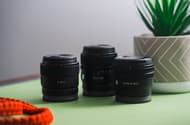
The 8 Best Sony Lenses For Photographers & Filmmakers
Discover the best-selling, and our personal favorite, Sony lenses to take your photography and filmmaking to the next level.
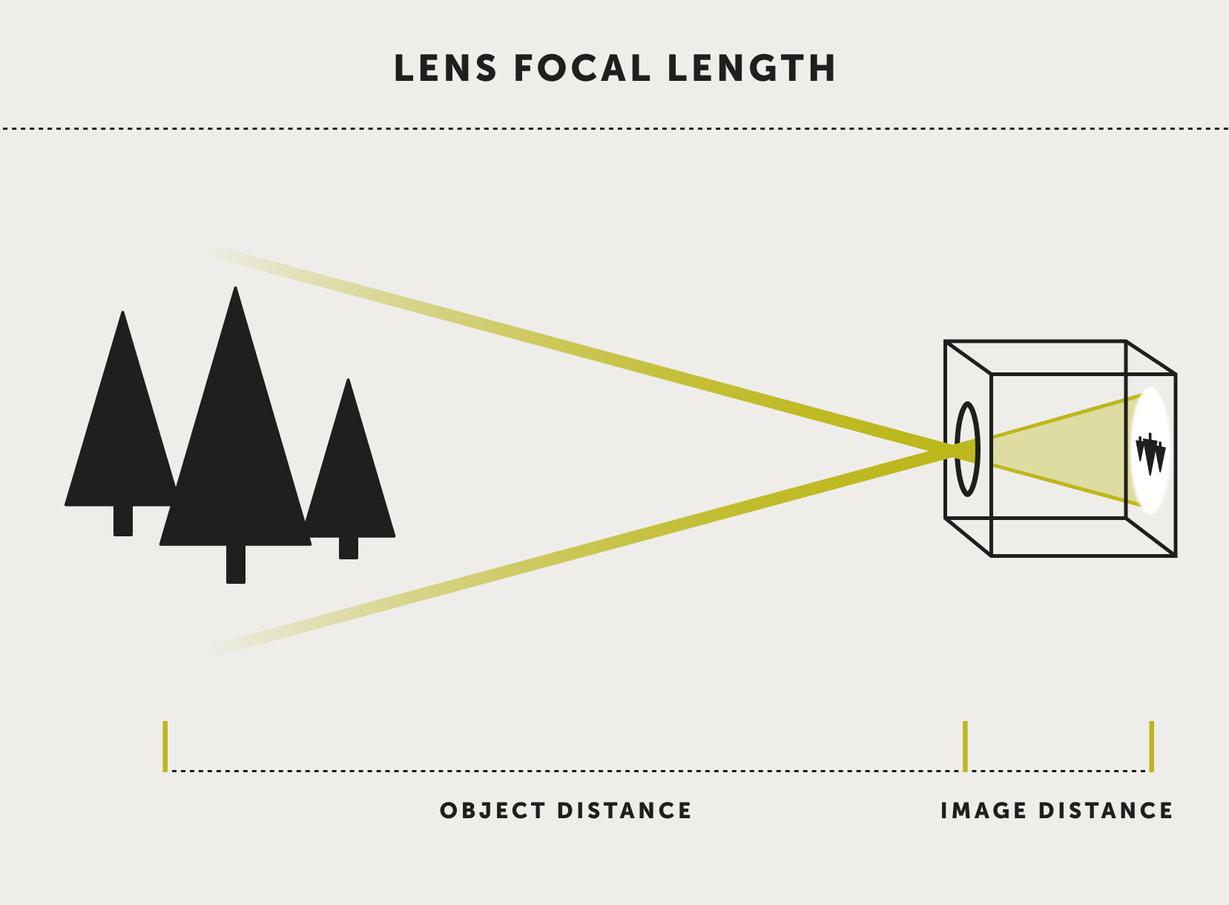
How Focal Length Affects the Images
Choosing a focal length has everything to do with what scene you're shooting and how you wish to showcase the subject. What’s the depth of field supposed to be, how do you wish it to be stylized? Below are various focal lengths, what their strengths are, and which scenes are best for each.
Wide Angle
Focal length: Full-frame around 24-40mm; APS-C 15-24mm; MFT 10-17mm
Wide lenses are useful for filming master shots of a whole scene, or for achieving closeness within cramped spaces. They’re easy to hold in the hand and its perspective is dramatic with a quality depth of field. Colseups will be more distorted, however, which is a noted drawback.
Standard Angle
Focal length: Full-frame around 50mm; APS-C around 35mm; MFT 20-25mm
Standard lenses offer a more natural-looking perspective. Perfect for portraits, shots with two people, and mid-shot scenes from one’s hip to head. 50mm prime lenses are smaller in size, yet give a wider aperture to allow more light in. Maximum apertures allow for a shallow depth of field; idea if you want to use focus creatively, but not great everything needs to be sharp.
Mis-Telephoto or ‘Portrait’
Focal length: Full-frame around 85-100mm; APS-C around 50-60mm; MFT 35-50mm
These types of lenses offer the least distortion on closeups, while continuously maintaining a maximum aperture for more light. While bulkier in size, they are trickier to handhold so it's best to use them on a tripod or gimbal. Such depth offers a flatter perspective to craft a strong composition.
Telephoto Lenses
Focal length: Full-frame, 135mm and above. APS-C 85mm and above. MFT, 60mm+
The even longer telephoto lenses are best for the most flattened perspective to isolate the subject from the background while bringing distant subjects near. These are the largest and heaviest lenses available, very tough to bring around and recommend for a tripod.
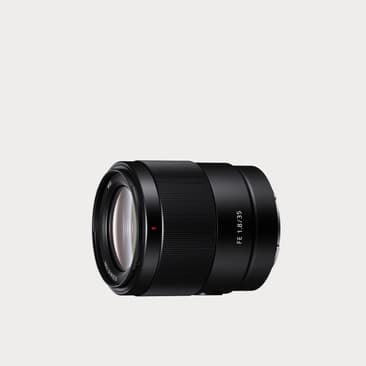
Sony
FE 35mm F1.8 Lens
Looking for a large-aperture prime lens for your Sony? The fast FE 35mm F1.8 Lens is compact and lightweight, ideal for both full-frame and APS-C cameras
Buy for $649.99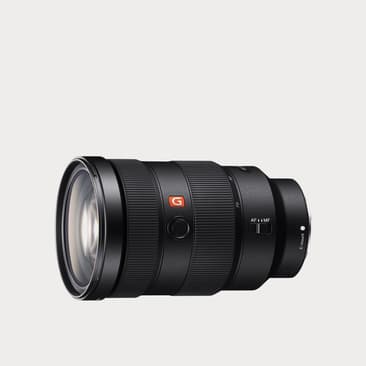
Sony
FE 24-70mm f/2.8 GM Lens
Looking for a versatile zoom lens for your Sony? The FE 24-70mm f/2.8 GM is the ultimate choice for professional portrait, travel, and event photographers
Buy for $1,699.99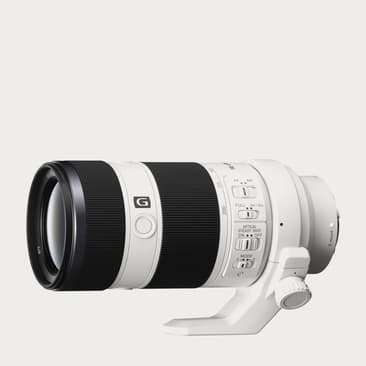
Sony
FE 70-200mm f/4 G OSS Lens
Shooting far and wanting to keep it stable? Capture distant subjects while keeping your camera lightweight with the FE 70-200mm f/4 G OSS Lens from Sony
Buy for $1,498.00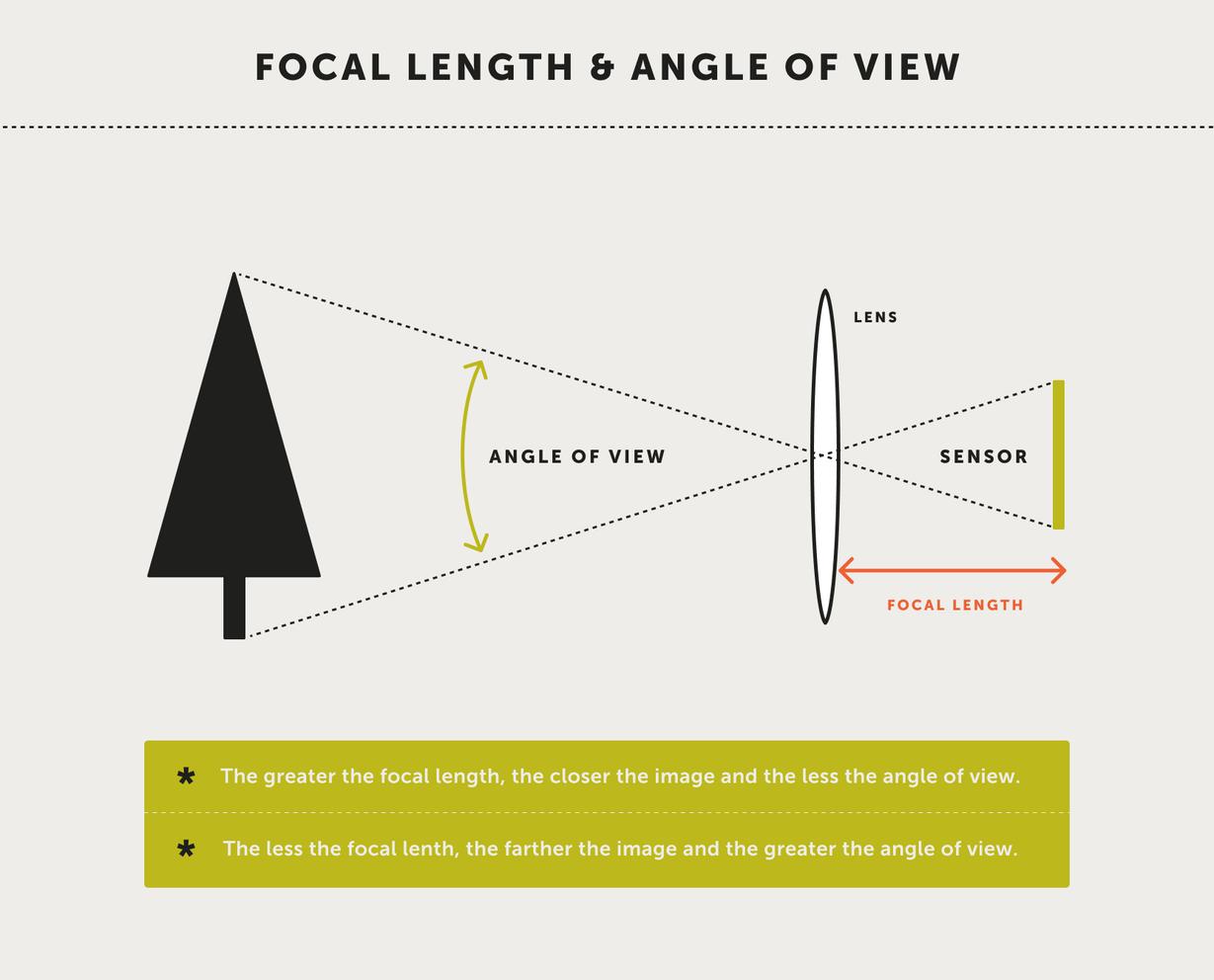
Cropped vs. Full-Frame Lenses
Full-frame and APS-C formats indicate the sensor's physical dimensions, entirely different from pixel count. A full-frame sensor has 36mm by 24mm in size based on the traditional 35mm film format. An APS-C sensor is 1.5 times smaller, 25.1mm by 16.7mm, and named after the Advanced Photo System type-C film format, hence its abbreviation.
35mm film has historically been the more popular format due to its near-perfect size for capturing almost anything under the radar. In the analog world, it's much easier to carry a 35mm camera than a medium or large format camera, no? While more compact, they're seemingly large enough to produce high-quality photos making them a highly desirable piece for professional and amateur photographers alike.
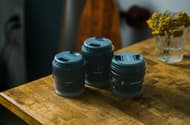
The Difference Between Full Frame vs APS-C Cameras
Let's chat the pro's and con's of APS-C cameras and lenses and why you might want to use them over a full frame sensor.
This term – full-frame – was defined in contrast to more minor, or APS-C, camera sensors. A full-frame lens is roughly equivalent to a 35mm film frame, while an APS-C sensor is slightly smaller. When you mount a full-frame lens on a camera with an APS-C sensor, you will get a crop factor; your camera's APS-C-size sensor magnifies the scene to produce an image that will match the lens's full-frame image circle.
The effect is that a 50mm full-frame lens mounted on an APS-C body with a 1.5x crop factor will capture a field-of-view that is the same as a 75mm on a full-frame body.
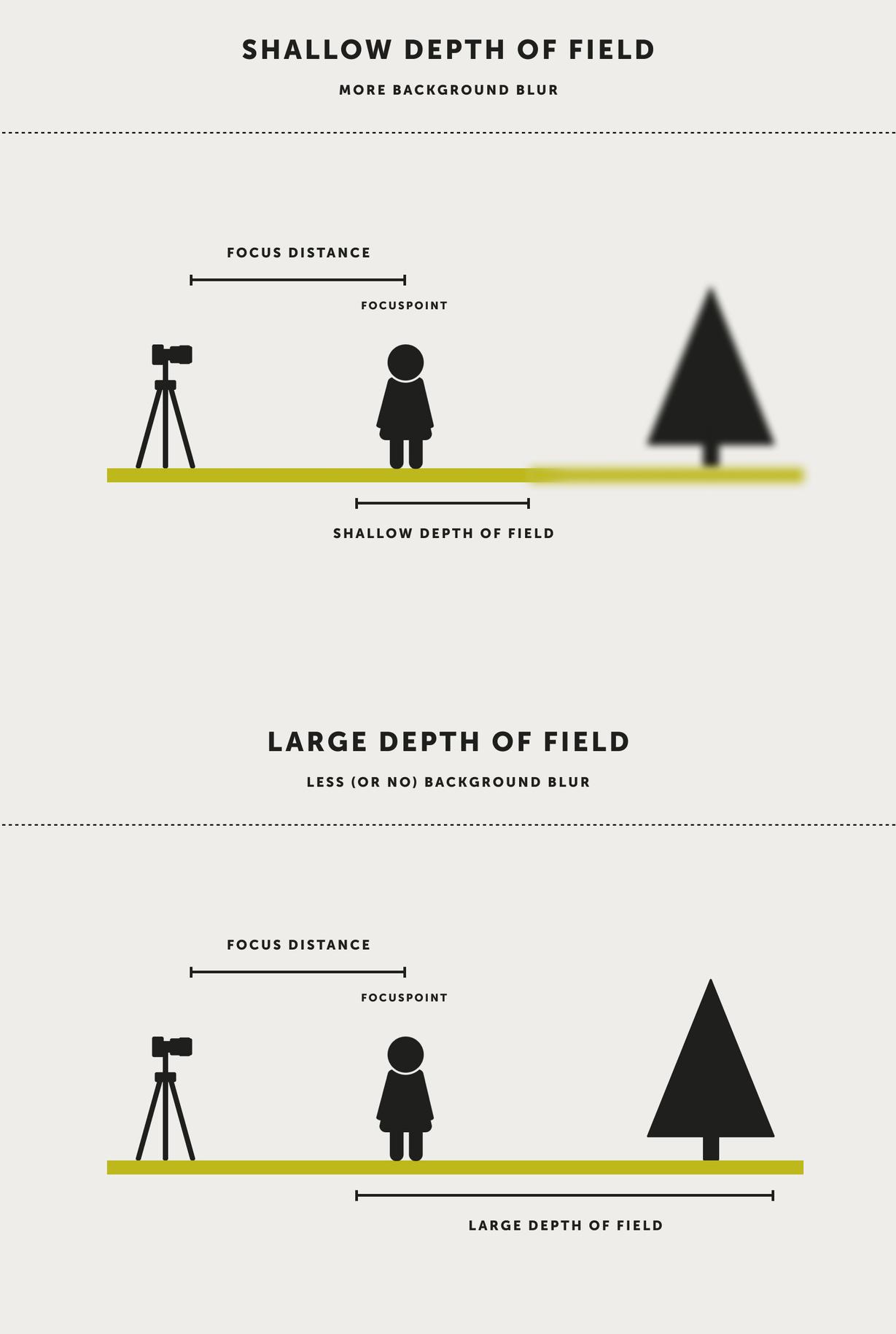
Additional Features To Note
Image stabilization must be considered if you need to shoot quickly, especially without a tripod or gimbal attachment. If you're a vlogger or a run-and-gun type shooter, we suggest prioritizing this added feature for more professional footage without sacrificing a minimal setup.
Automatic or Manual Focus
Many modern day “fly-by-wire” camera lenses are composed of a physical focus ring with an electronic motor adjusting the focus. The focus changes depending on how quickly you turn the ring. You might prefer lenses with mechanical focus rings made by third party manufacturers, or vintage prime lenses, should you wish to change the focus manually.
Parfocal Lenses
Parfocal lenses work perfectly when working quickly, as they hold the focus when you zoom in or out.
Focus Breathing
With caretain lenses, image size can slightly vary as you adjust the focus. This can be distracting when you pull focus; although more expensive, higher quality modern lenses with focus breathing are designed to minimize this.
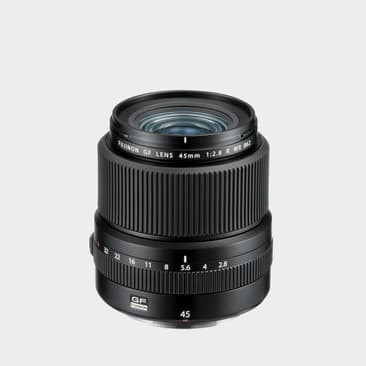
Fujifilm
GF 45mm F2.8 R WR Lens
Eyeing a versatile wide-angle lens for your Fuji? The GF45mmF2.8 R WR Lens has a focal length equivalent to 36mm on a 35mm format. Great for street photography
Buy for $1,699.00